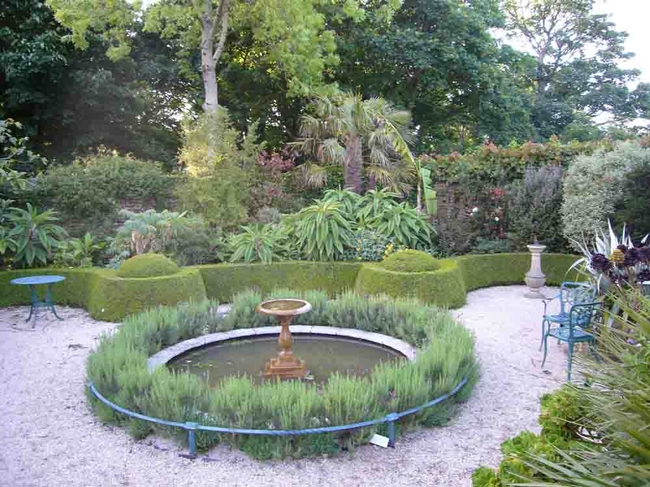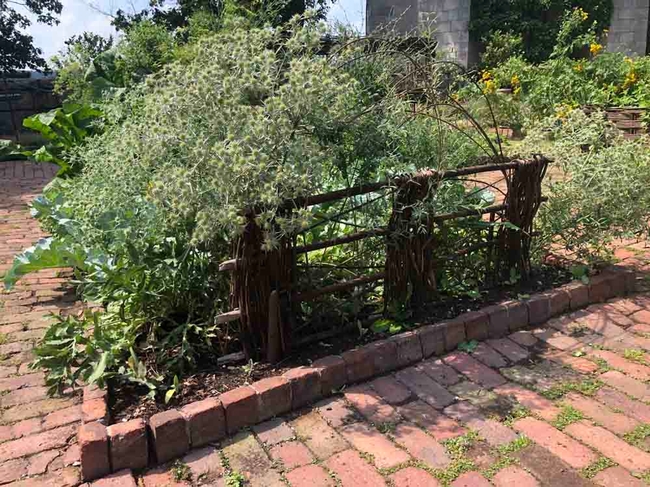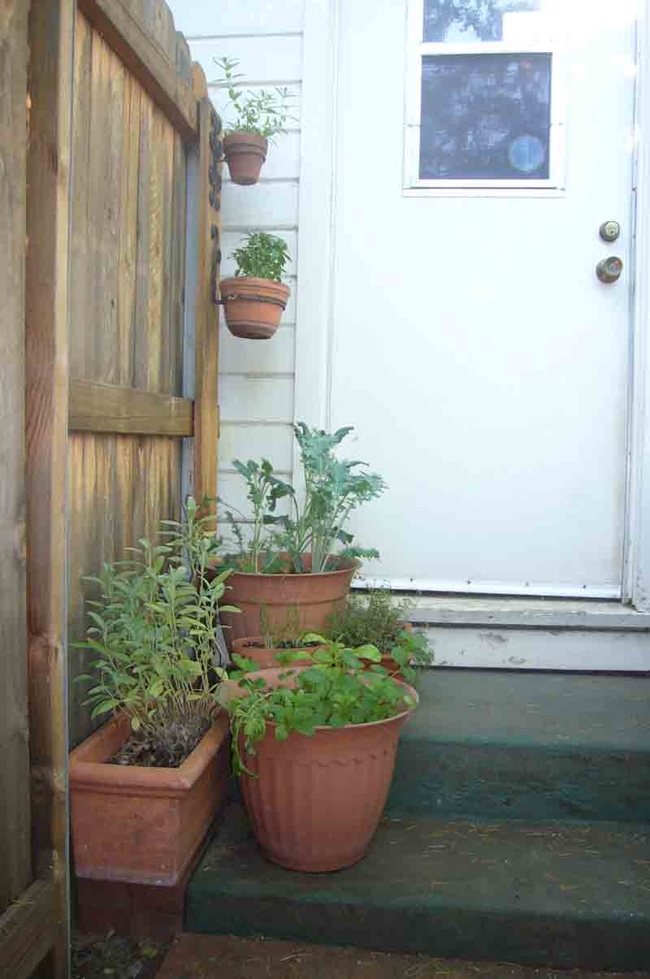Humans have been fascinated by herbs and their uses for millennia. Some of the earliest written documents contained information about herbal remedies, and the use of herbs for medical treatment was first recorded on papyrus scrolls in ancient Egypt. One of the oldest preserved medical texts, the Ebers Papyrus, was apparently found in the 19th century by Egyptologists conducting excavations in the Necropolis at Thebes. Written around 1550 BCE, the Ebers Papyrus is believed to be a compilation of other, earlier medical texts; it contains remedies for various human ailments and disorders, magical formulas to aid well-being, and recipes for repelling insects and other pests from the home and body. For example, remedies for diseases of the digestive system, head, skin, and eyes; treatments for diabetes; and recipes for birth control.

The herbal remedies, passed down by word of mouth, made their way from cities to rural areas and along trade routes. In later centuries, the Greeks and Romans expanded upon the Egyptians' use of herbs, adding bay leaf (Laurus nobilis) to a list of savory and sacred herbs used in cooking and on special occasions. The favorite herb of Mediterranean peoples was rosemary (Salvia Rosmarinus). The Romans heavily relied on rosemary, using it for a myriad of purposes, including salves for wounds, and even love potions. This plant was introduced further west in Europe and the British Isles by the Roman legions who brought rosemary with them when they colonized new lands.

In the 13th century, Italian explorers and merchants (such as Marco Polo) grew wealthy from trade with China via the Silk Road. European explorers soon began looking for direct passage across the sea to the east financed by wealthy merchants. In the 15th century, while much of the rest of Europe suffered from the Black Plague, the Portuguese led naval exploration to the south and east, eventually paving the way for the discovery of the New World. As trade routes expanded, more plants and herbal remedies were introduced to Europeans.
With the invention of the printing press in the 15th century, herbal books could be mass produced and widely distributed to those who were literate. In the 17th century Nicholas Culpeper, a London herbalist and botanist, attempted to bring medical knowledge to the lay public by translating the London Pharmacopeia from Latin to English. Culpeper added herbal formulas alongside the lists of ingredients, helping those who could read to access information that had previously only been available to physicians. Culpeper went on to write a number of medical books in English. Culpeper's Herbal (1653) was brought to the American colonies by early Puritan settlers; it remains in print to this day.

Lavender, rosemary, and thyme are included in many modern gardens. We use herbs in cooking, of course, but also in many other time-honored ways: for example, placing bay leaves in flour bins to repel weevils; making ginseng tea to help an upset stomach. The history of herbs is fascinating! These ancient plants continue to play an important role in the health and well-being of our species.
New Master Gardener Workshop Series starting up! Our Spring series of workshops will begin in late January with Seed Starting on Tuesday, Jan. 31. For more information and to register, visit the Workshop section of our website.
UC Master Gardeners of Butte County are part of the University of California Cooperative Extension (UCCE) system. To learn more about us and our upcoming events, and for help with gardening in our area, visit our website. If you have a gardening question or problem, email the Hotline at mgbutte@ucanr.edu or leave a phone message on our Hotline at (530) 538-7201. To speak to a Master Gardener about a gardening issue, or to drop by the MG office during Hotline hours, see the most current information on our Ask Us section of our website.